Gerbera Jamesonii California Giants Seeds produce large, showy flowers with bright, bold colors, making them a standout addition to any garden. Gerbera daisies, particularly the California Giants variety, are known for their oversized blooms that can reach up to 5 inches (12 cm) in diameter. These daisies are a favorite for their vibrant colors, including shades of red, pink, orange, yellow, and white, and their long-lasting nature as cut flowers.
Characteristics:
- Flowers: The blooms of Gerbera Jamesonii California Giants Seeds are large, daisy-like, with bold, bright petals in a range of vibrant colors. The flower heads can grow up to 5 inches (12 cm) across, with contrasting dark or light centers.
- Height: The plants typically grow 18–24 inches (45–60 cm) tall, making them suitable for garden beds, borders, and containers.
- Growth Habit: Gerbera daisies have a clumping, bushy growth habit, with bright green, deeply lobed leaves that form a rosette at the base of the plant.
Sowing and Growing Instructions:
- Light: Gerbera daisies prefer full sun but can tolerate partial shade, especially in hotter climates. In areas with very intense sunlight, providing some afternoon shade will help the plants thrive.
- Soil: They prefer well-draining, fertile soil with a slightly acidic to neutral pH (around 6.0–7.0). Amend heavy clay soils with organic matter or sand to improve drainage, as Gerberas do not tolerate soggy conditions.
- Sowing:
- Indoors: Start seeds indoors 8–10 weeks before the last frost. Sow seeds in a well-draining seed-starting mix, pressing them lightly into the surface without covering them, as they need light to germinate. Keep the soil consistently moist but not waterlogged. Seedlings should emerge within 2–3 weeks.
- Outdoors: Transplant seedlings outdoors after all danger of frost has passed, spacing them 12–18 inches (30–45 cm) apart.
- Watering: Water Gerbera plants regularly, allowing the soil to dry out slightly between waterings. Be careful not to overwater, as too much moisture can lead to root rot. Water at the base to avoid wetting the foliage.
- Temperature: Gerberas prefer moderate temperatures and will perform best in the range of 60–75°F (15–24°C). They are sensitive to frost, so plant them outdoors only after the last frost date has passed.
Blooming and Care:
- Flowering: Gerbera daisies bloom from late spring through summer and may continue into fall with proper care. Regular deadheading of spent blooms will encourage more flowers and extend the blooming season.
- Fertilizing: Feed Gerbera daisies every 4–6 weeks with a balanced, water-soluble fertilizer to promote healthy growth and abundant blooms. Avoid over-fertilizing, as this can cause excessive leaf growth at the expense of flowers.
- Pest and Disease Control: Gerbera daisies can be prone to pests like aphids, spider mites, and whiteflies. If necessary, treat infestations with insecticidal soap or neem oil. Ensure good air circulation around the plants to prevent fungal diseases, and avoid overhead watering.
Benefits:
- Bold Blooms: The large, colorful flowers of California Giants make them a striking focal point in any garden or floral arrangement.
- Long-Lasting Cut Flowers: Gerbera daisies are known for their long vase life, making them an excellent choice for cut flower arrangements.
- Attractive Foliage: The bright green, lobed leaves provide attractive foliage that complements the bold blooms, adding texture to the garden even when the plants are not in flower.
Uses:
- Garden Beds and Borders: Gerbera daisies are perfect for adding vibrant color to garden beds and borders. Their tall, sturdy stems make them ideal for mid-height planting.
- Containers: Gerbera daisies thrive in containers and pots, making them a great option for patios, decks, or balconies.
- Cut Flowers: Their long-lasting blooms make Gerbera daisies a popular choice for cutting gardens. The flowers can last up to two weeks in a vase, making them ideal for fresh flower arrangements.
- Pollinator Friendly: Gerbera daisies attract bees, butterflies, and other pollinators, contributing to a healthy garden ecosystem.
Care Tips:
- Deadheading: Remove spent blooms regularly to encourage more flowers and maintain the plant’s tidy appearance.
- Watering: Avoid overwatering by allowing the top layer of soil to dry out between waterings. Ensure proper drainage in both garden beds and containers.
- Sunlight: While Gerberas enjoy full sun, providing afternoon shade in hotter climates will help them perform better and prevent heat stress.
With their large, showy blooms and vibrant colors, Gerbera Jamesonii California Giants are a fantastic choice for any gardener looking to add bold, eye-catching flowers to their landscape. Their long-lasting blooms and versatility make them ideal for both garden and container planting.

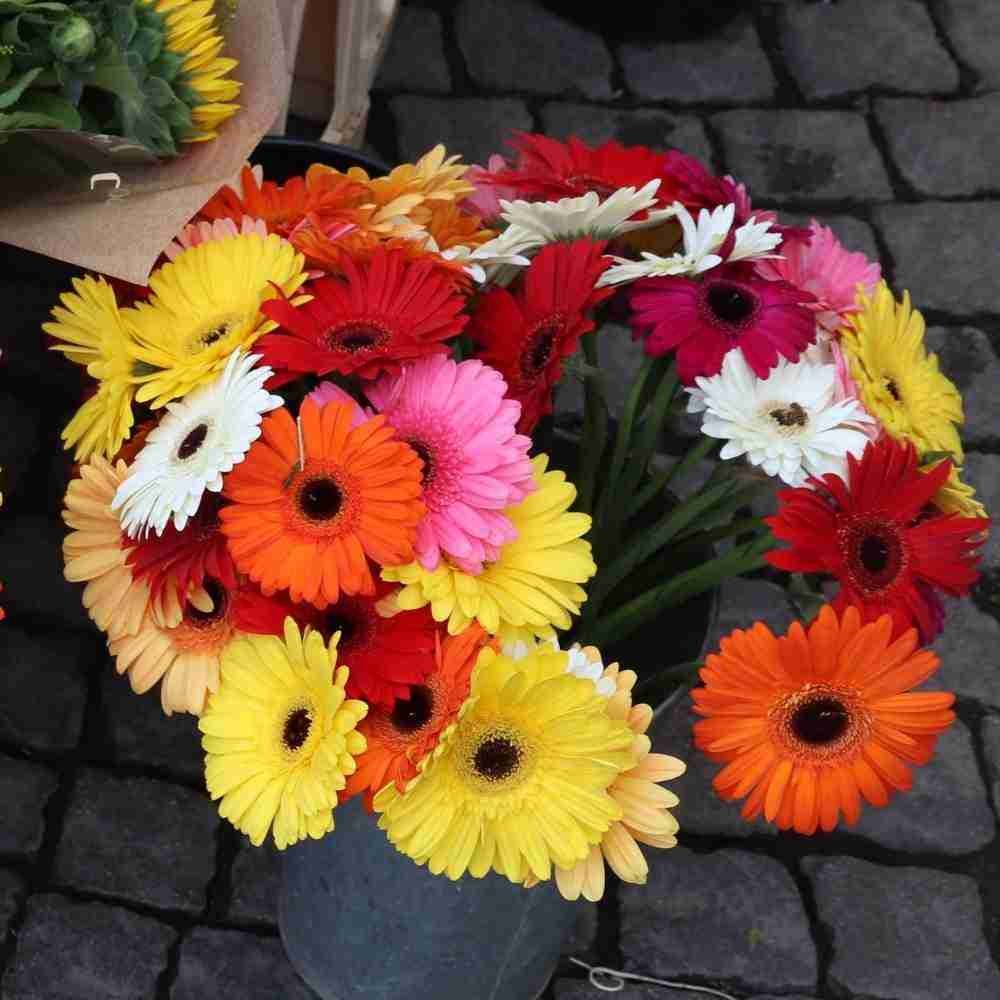
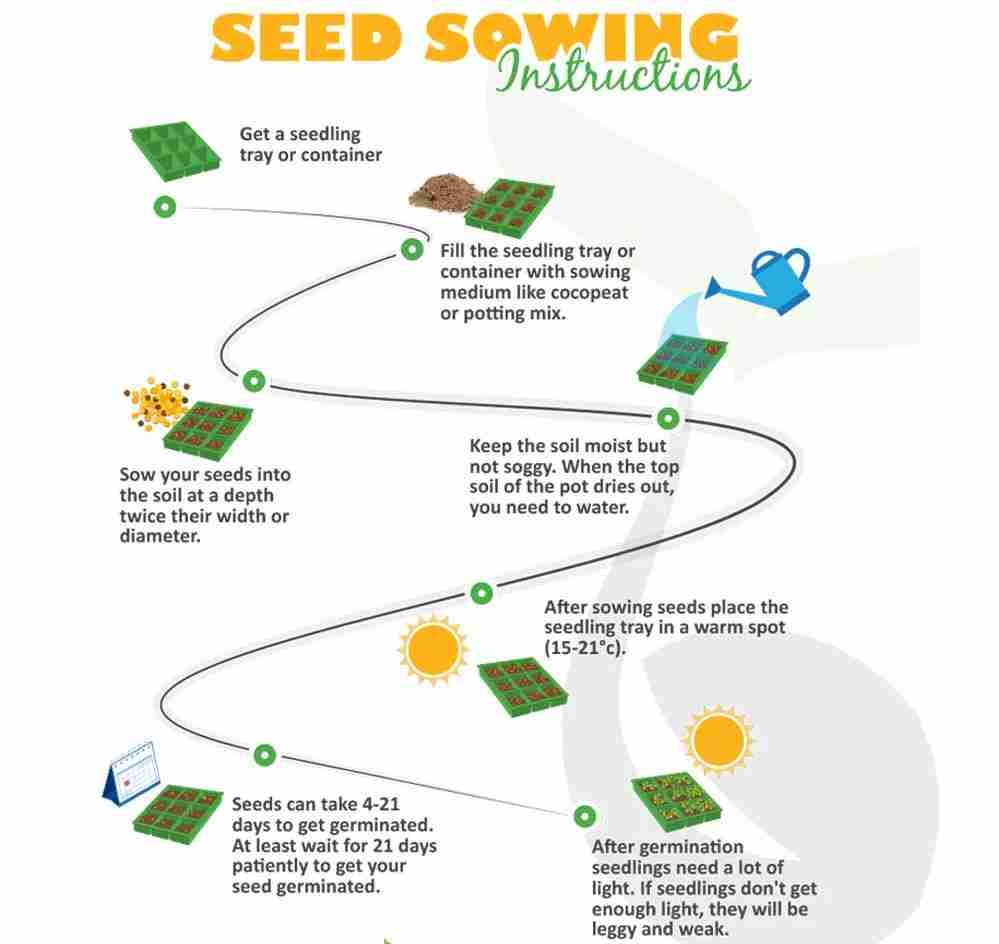


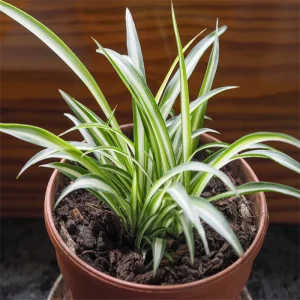
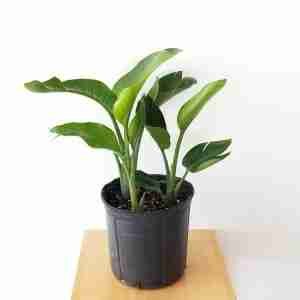
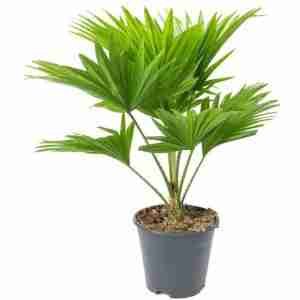
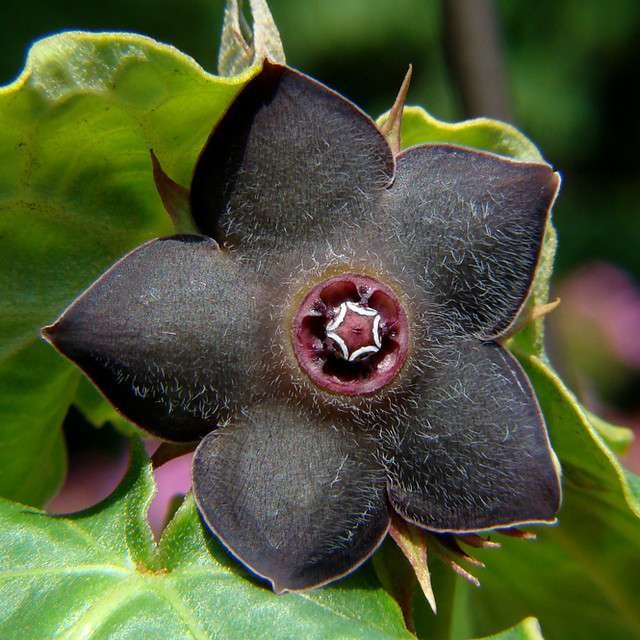
Reviews
There are no reviews yet.